Ship the car, box what you can’t live without, and get used to paying for shipping.
As I tossed and turned for the third night in a row on a flimsy air mattress, I finally conceded the bitter truth: I could have planned things better.
Moving to Hawaii sounds like a dream—and it is. But as I found out, living in paradise isn’t all about brilliant rainbows, pink sunsets, and wearing fragrant leis. It’s also about dealing with bugs (never leave food lying out unless you want cockroaches as pets), island fever, and perpetually asking, “But do they ship to Hawaii?”
When the idea of moving to the Aloha State was floated up, my answer was a resounding “Yes.” Never mind that we were in the middle of a global pandemic, that we would be moving with a little one in tow, and have to observe a 14-day quarantine in a small hotel room; the opportunity to live close to the ocean and be in a state where we could be outdoors safely (and masked) was one I didn’t want to pass up.
Now that trans-Pacific travel restrictions have lifted as of October 15, I am not alone in my island fervor. It’s estimated that more than 82,000 visitors have arrived within the first two weeks of restrictions being lifted. Of them, more than 100 individuals daily are registering as “Intended Resident.”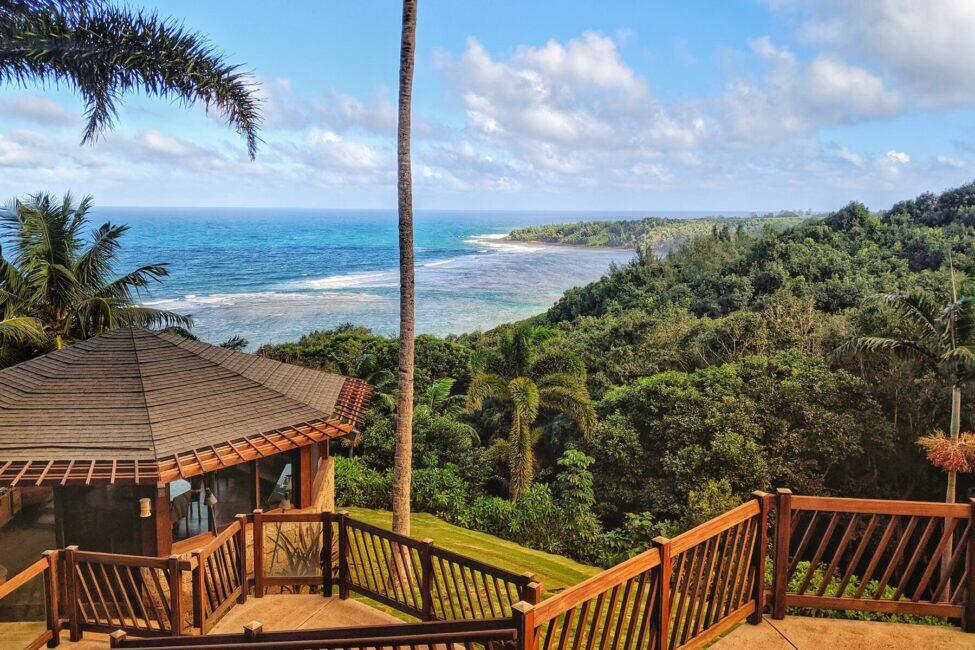
Recommended Fodor’s Video
Before you jump on the bandwagon and give away your snow chains, know that moving to paradise comes with some caveats. For a start, you’ll need to plan out your move in detail: from which island to live on, to how to get furniture in a timely manner, to what you’re going to use to get around, and how much it’ll cost (air tickets, postage/shipping, temporary accommodation, etc.). Check and double-check the process of timing and obtaining a negative Nucleic Acid Amplification Test (NAAT) from a trusted partner, and lastly, make peace with the fact that being far away from friends and family will feel isolating at times. It should also be pointed out that Hawaii today is a very different Hawaii from pre-COVID times: many businesses and attractions remain closed, there are no Friday fireworks shows from the Hilton Hawaiian Village, and should new infections rise beyond 100 cases for more than seven days, Tier 1 restrictions could be re-introduced.
If all of the above doesn’t put you off your island ambitions, here’s what you need to know—from what to pack, to finding an apartment, to where to buy a gallon of milk for $5—so you can set up fast and embrace the aloha spirit of Hawaii.
Get Your Test Sorted Properly
No one wants to spend their first two weeks in Hawaii inside a hotel room. To avoid this, read in detail Hawaii’s Pre-Travel Testing program, which can be found here. Do more than is necessary: print out and carry your negative test result, complete the Safe Travels Hawaii Form before arriving, and triple-check that your test is from a trusted partner. If you’re flying out of a city served by Hawaiian Airlines, Alaska Airlines, American Airlines, and United Airlines, look into their pre-organized testing programs. For instance, Hawaiian Airlines offers At-Home Testing Kits for $143, they also have a drive-through lab in San Francisco (more locations are being added in the coming weeks) where same-day results can be obtained for $150, or $90 for results within 36 hours.
Don’t Show up Without Accommodation
While it’s tempting to organize a place virtually, it’s recommended you view places in person to get an idea of the neighborhood. “Sometimes people see great prices for an oceanfront condo but they may not be aware of how the area is,” shared Elizabeth La Riva, a realtor with Locations. She also recommends checking out CrimeMapping.com to ascertain if an area is “safe.” The most convenient solution (but perhaps not the cheapest) is to take a temporary furnished accommodation for a month. Ask for a tax ID number (if it’s not included in the listing) to ensure it’s a legal rental as Hawaii has strict short term rental laws.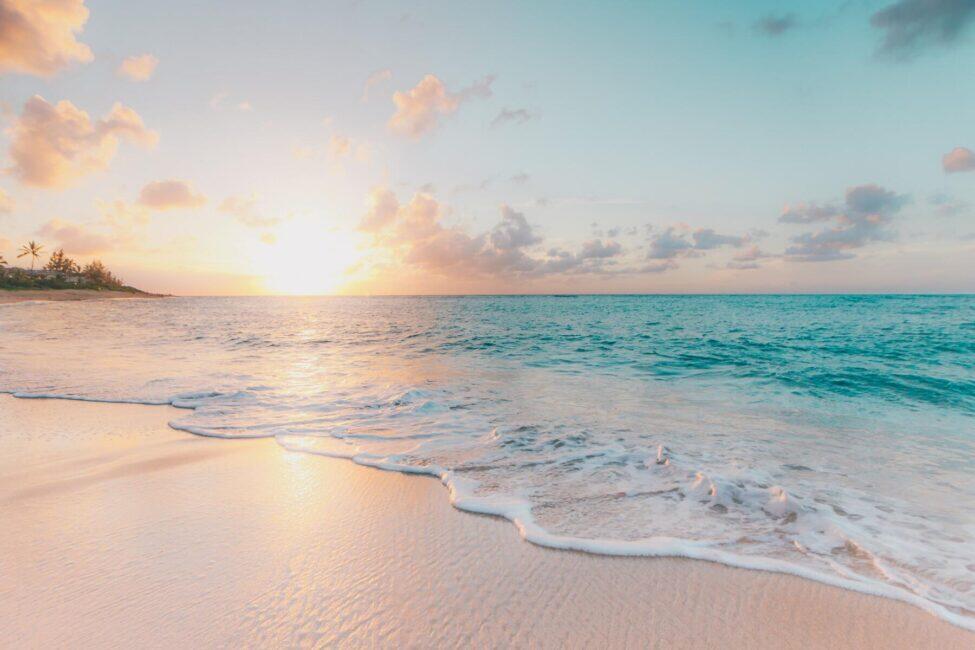
Use the month to explore the different areas and research longer-term options on websites like Zillow, Zumper, and HiCentral. As a rule of thumb, most owners prefer a six-month lease at the minimum but month-to-month options do pop up now and then. The time will also allow you to order what you need (prioritize sorting out a mattress, as good quality ones are often in short supply) and give you an address to get your mail and boxes sent to you. As a guide, on Oahu you can expect to pay $1,500-$1,800 for a decent one-bedroom apartment, $2,600-$3,000 if it’s a newer condominium with facilities, so beware fake rental ads asking $2,000 for an entire house.
If You’re on the West Coast, Ship the Car
It may feel like overkill to transport the car over, but what it’ll cost in money—approximately $1,500 from California (Long Beach and Oakland) to Honolulu by Matson—and nerves (read: there’s paperwork involved) will end up saving you if you plan to stay for more than three months, and especially if you want to live anywhere other than Oahu. Car rentals in Hawaii aren’t cheap (we rented a standard SUV in Oahu for approximately $70 a day) and not all rental office locations are open daily except for at the airport, making returns inconvenient. If you’re under 25 years old, there’s also a surcharge to consider (approximately $20-$30 a day). Otherwise, pre-arrival browse the online used car ads, just as there are people arriving, there’s also many leaving for the mainland and getting rid of their vehicles in a hurry.
Pack Light but Pack Quality
If you can’t box it, dump it; but if it’s essential, ship it. This being Hawaii, there’ll be a lot of things you won’t need, like your entire winter wardrobe and anything that’ll grow mold (e.g. leather, antiques). Do plan carefully what you’ll need for the first month; Amazon Prime is available but not two-day shipping (more like every 1-2 weeks) and many companies don’t ship to Hawaii or only after a hefty surcharge.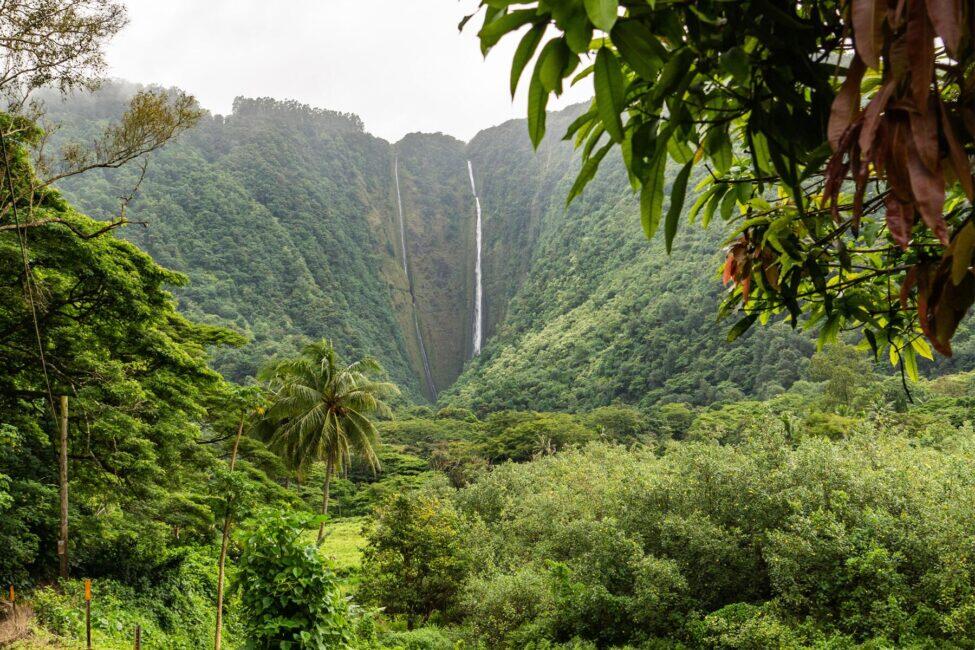
Whatever’s indispensable to you—a coffee machine, supplements, computer monitor, and/or precious mementos—it may be worth it to fork out extra for excess baggage or have it shipped by a USPS Priority Mail Flat Rate box. Word to the wise, throw in a twin-size air mattress as part of your check-in luggage, it’ll come in handy as you wait for mattresses and furniture to arrive.
There’s No IKEA and Wayfair Charges Shipping
Quality, affordable furniture can be hard to come by in Hawaii, especially if you’re living anywhere other than Oahu. If you’re attached to particular furniture pieces, look into hiring a PODS container. The portable container (starts at seven feet and takes about 23-30 days to arrive) delivers to Oahu, Kauai, Molokai, Lanai, and the Big Island and cost-wise starts at $3,859 plus tax from Northern California and $6,402 plus tax from the East Coast; two months’ rent and delivery of the POD to your home are included. If you are intent on certain pieces from IKEA, haul2hi specializes in shipping IKEA items and has a regular shipping deadline advertised on their website.
Get Your Banking Sorted
You won’t find a Wells Fargo, Bank of America, or Chase branch in Hawaii so before you touch down, make sure you can access your mainland bank (and eCheck service) online, and have enough cash and checks on you. Alternatively, set up an account in advance, Bank of Hawaii has a Convenience Checking account with a $25 minimum opening deposit. It accepts applications as long as you’re over 18 years old, have an SSN, and proof of a U.S. address in any of the 50 states, Guam, Saipan, Palau, or American Samoa (for existing customers).
Come With a Job
There’s no overstating this fact, Hawaii has been one of the hardest hit by the coronavirus. As of September 2020, the unemployment rate stands at 15.1%. With many of Hawaii’s available jobs focused on the tourism and service sector, even with islands slowly opening up, many hotels and tourism-related businesses aren’t re-opening until 2021, if at all. In short, job opportunities are slim and many residents already work more than one job to make ends meet. Wage-wise, a report by Indeed pegs the average annual salary in Honolulu to be $70,000, but when adjusted for the high cost of living, it’s closer to $56,100. If you’re fortunate enough to come over with employment, it’s not out of the question that you may have to adjust your lifestyle to stretch your funds. Then again, the beach is free and the water is an inviting 75 degrees year-round so this might not be a big deal.
Get Used To Shopping for Deals
Everything you’ve read about Hawaii being expensive is true. You will pay $8 for a gallon of milk (unless you’re getting it from Sam’s Club for about $5), chicken breast can cost an eye-watering $6 per pound (and that’ll be a bargain), and despite the chickens you see crossing the road, an 18-pack of eggs can cost up to $6. Get used to browsing for deals (Times, Safeway, Target, and Foodland run regular ads), have your Costco and Sam’s Club membership at the ready to do big two-week shops, and freeze what you get on special. Keep an eye out for roadside vegetable and fruit stores (we like Kahuku Fruit Stands when we’re up north) to buy from and depending on where you are located–strictly speaking for Oahu—grocery delivery isn’t available island-wide so you’ll be driving to score the right deal at the right time.
It Gets Hot and Humid
Hawaii’s sub-tropical climate takes some getting used to and if you’re located in the wetter (windward) part of the island, you’ll also be dealing with rust, mold, mildew, and bugs of all sort. Air conditioning helps, except it isn’t always available and for good reason. The 2019 average cost of electricity in Oahu was 0.3134 per kWh (it’s higher for other islands) so get used to being cooled by a fan, or better yet, the trade winds. You’ll find sitting out on your lanai with the doors and windows open will quickly become a part of your daily life.
INSIDER TIPInstall screens to keep the bugs out. You’ll thank me later.
Moving to Hawaii is definitely a lot more complicated (and expensive) than loading up a U-Haul and driving across the country. While it’s not for everyone, for myself and my family, the experience so far has been akin to that of spotting a double rainbow: full of awe and delight, and a gift in these uncertain times. Mahalo!


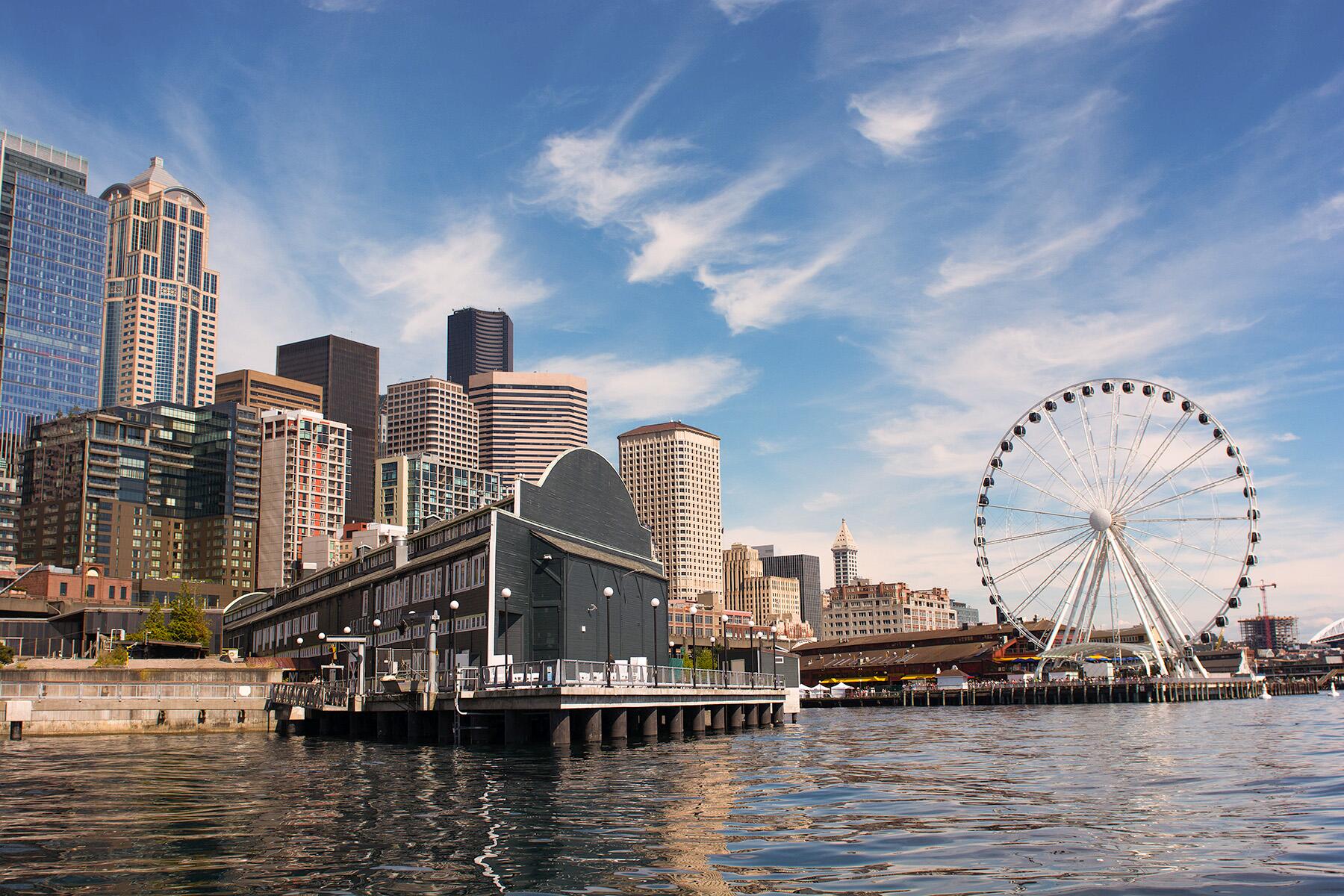
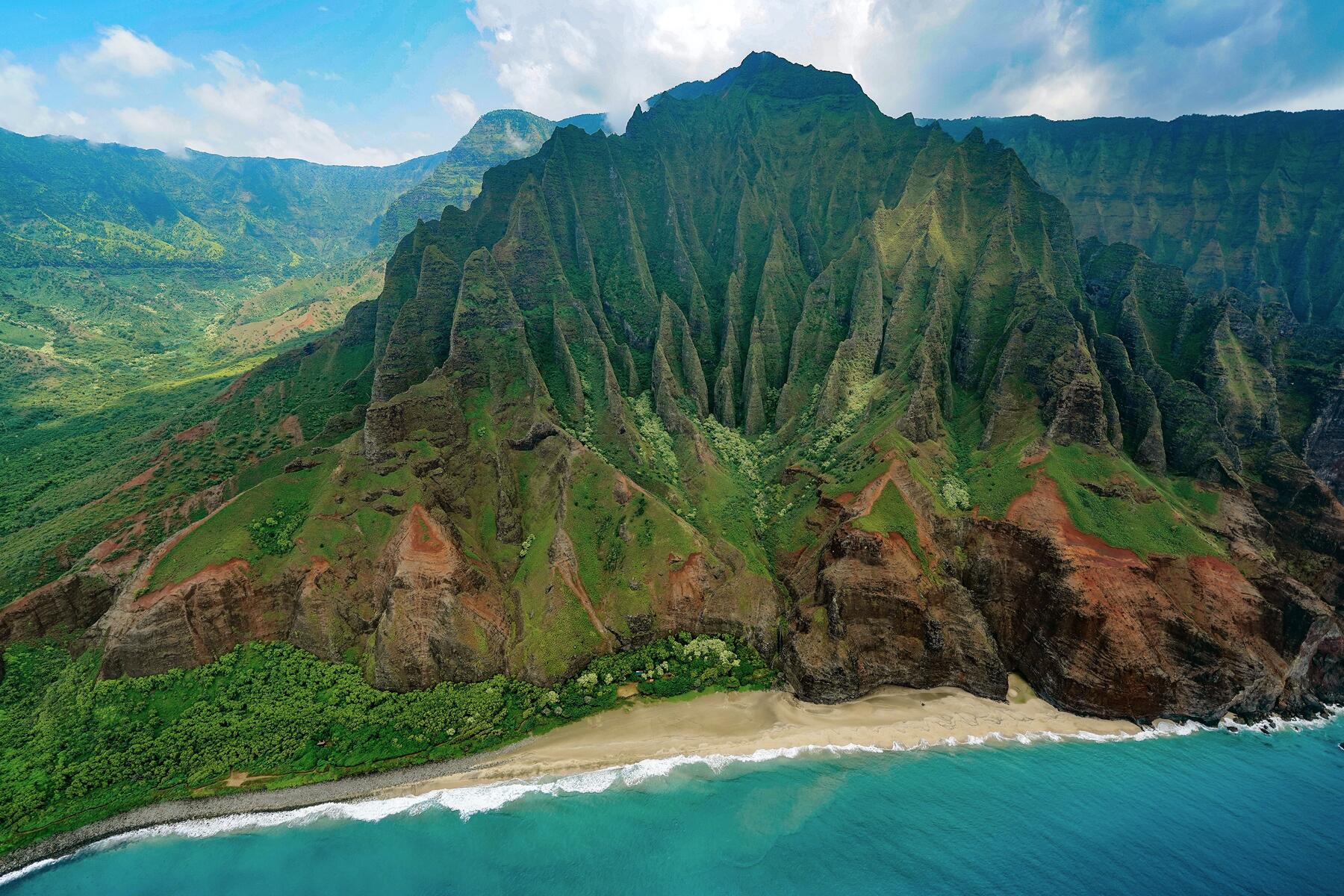
I liked your article, as it contained a lot of good information. And there is no doubt that food, gas some other categories are expensive. And on the bright side, you don't have to drive far to enjoy the ocean for swimming, body surfing, board surfing, snorkeling, scuba diving, sunbathing, sailing on a small catamaran (Hobiecat) and then there are all kinds of places to go hiking, again not far away. And clothes, your wardrobe is very simple there and there is no need to keep buying new fads, so that bill is small if you live there for a while. Try to pick a place to live that is open to the tradewinds, near your work, traffic can be an issue. and then maybe have A/C in the bedroom. Eating can be expensive if you want to recreate mainland food, but you can eat simple and local for less money. Mahalo, Keoki